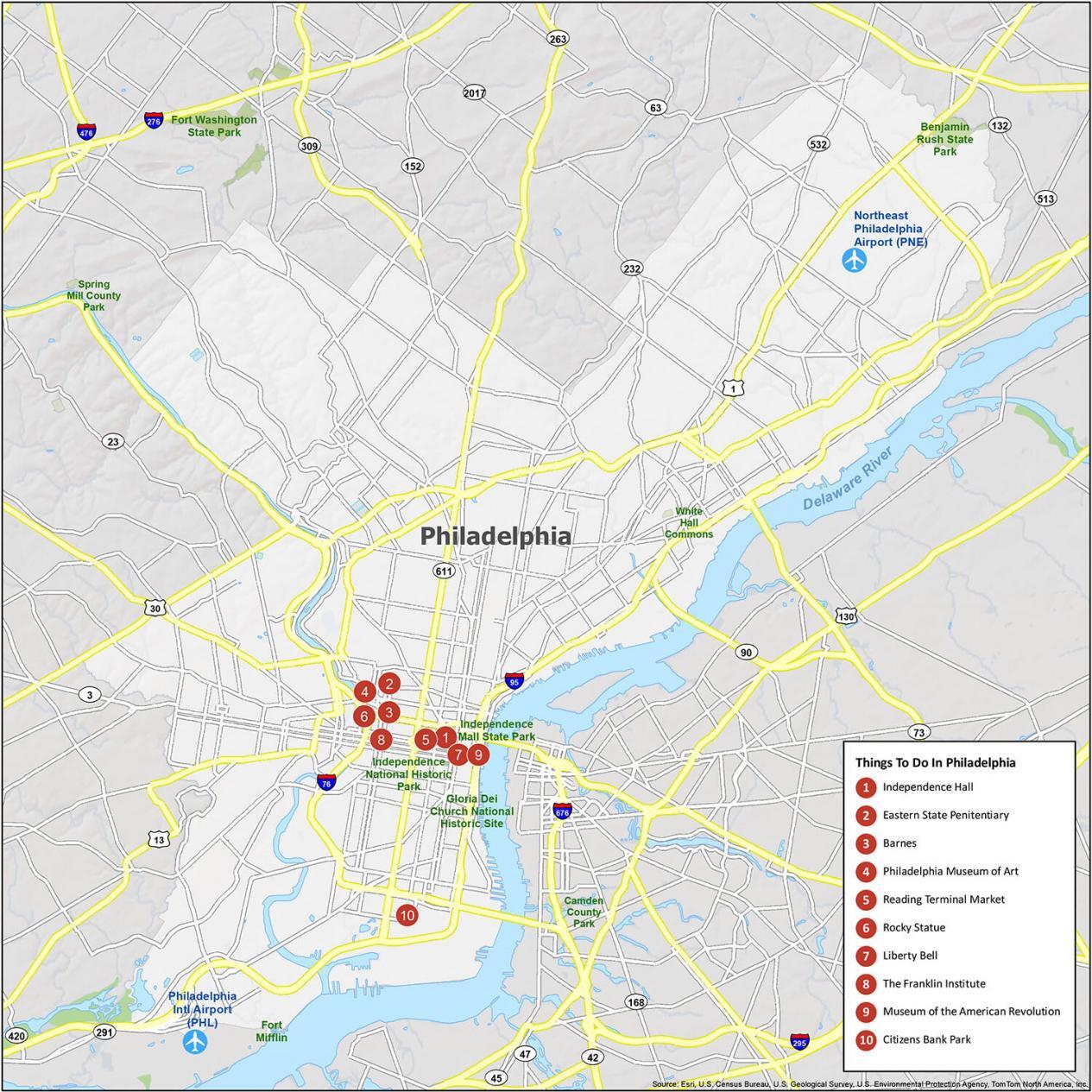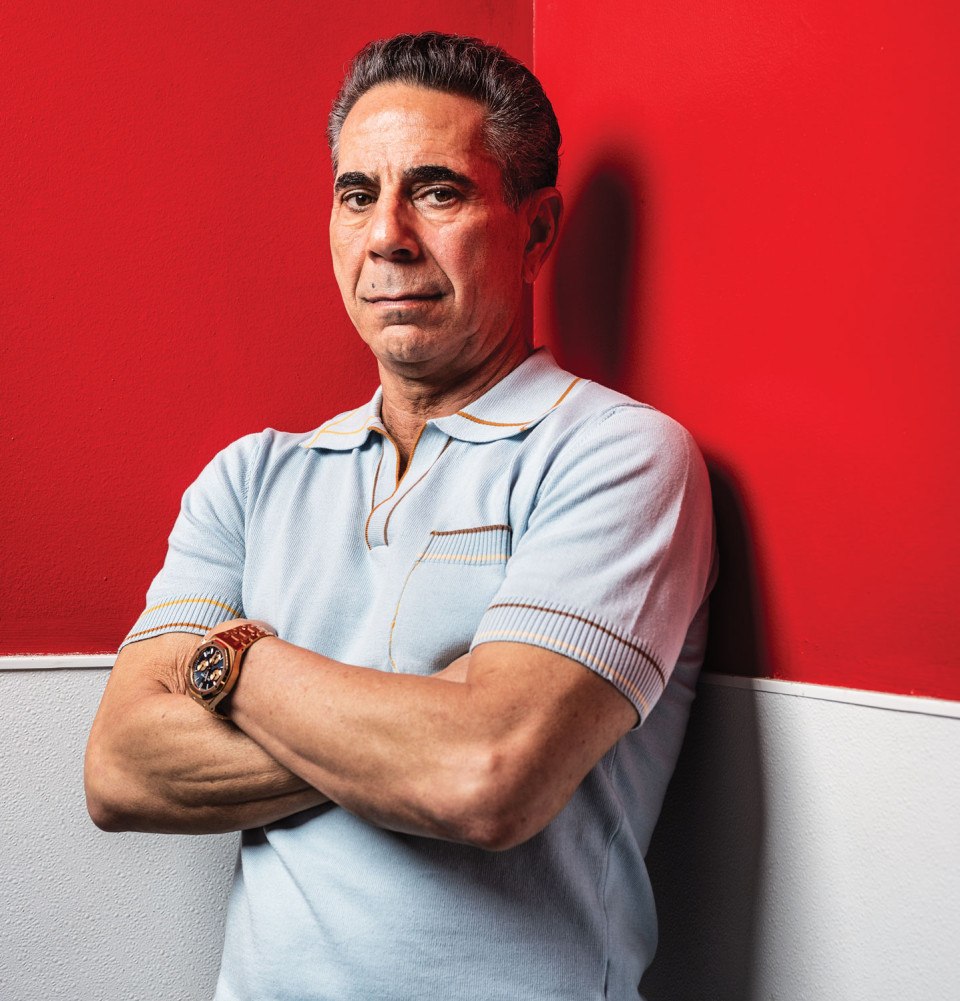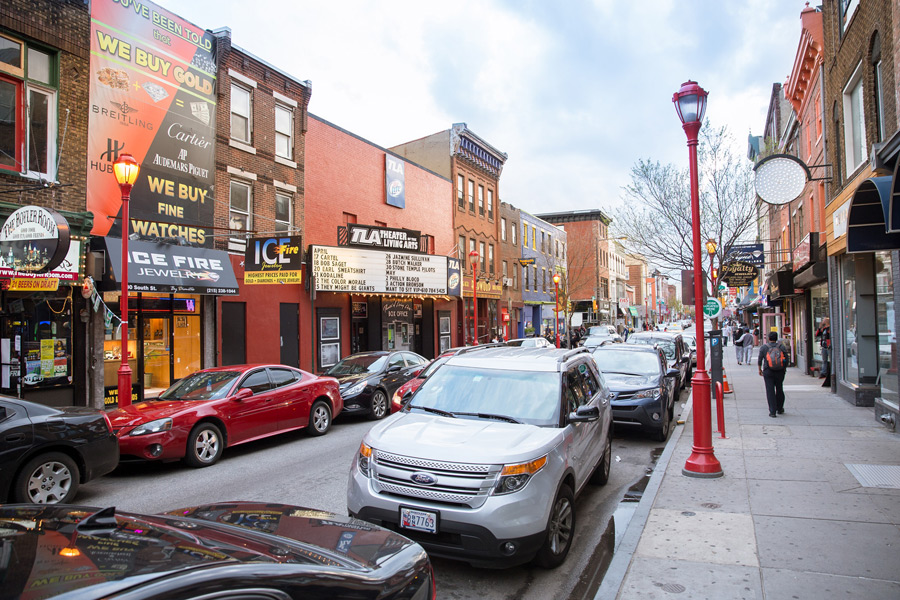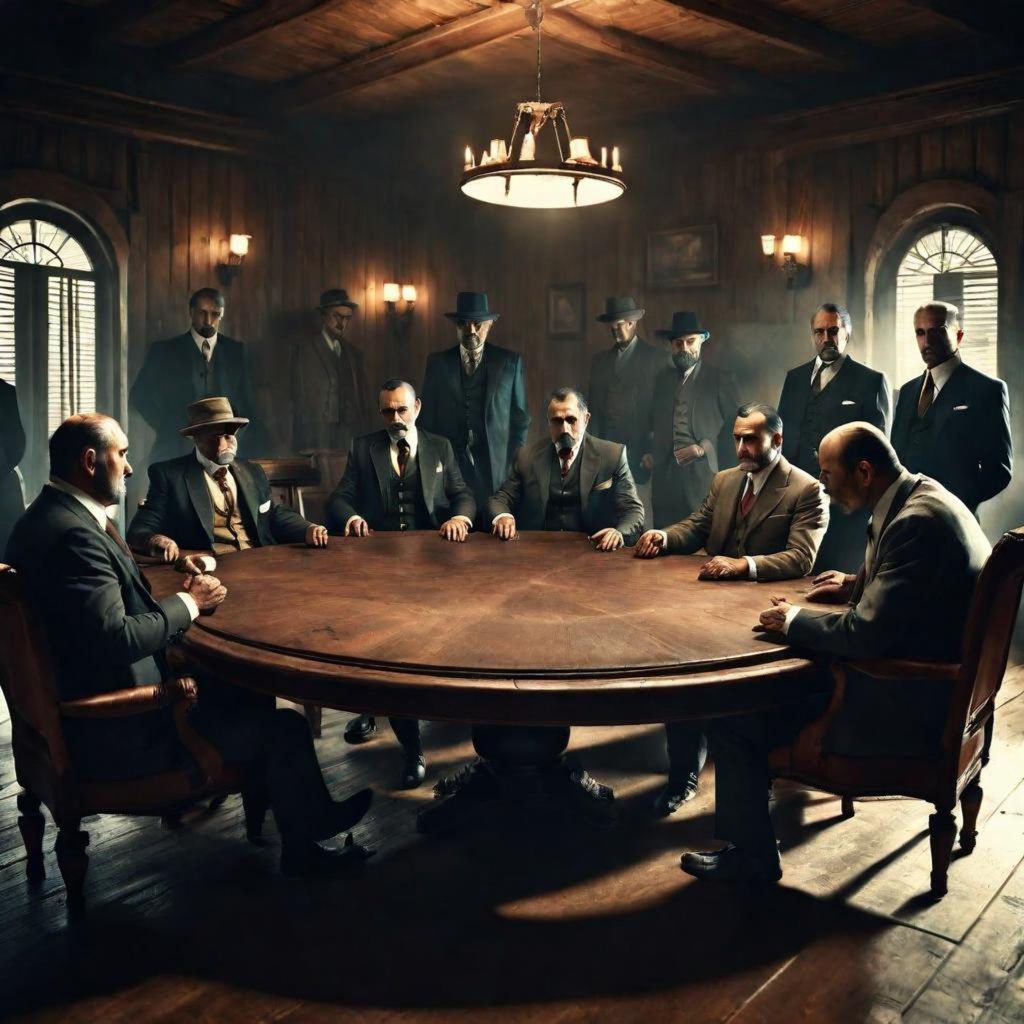Philadelphia, a city steeped in history and culture, has long been a battleground for organized crime. Among the most notorious criminal organizations to have left its mark on the city is La Cosa Nostra (LCN), commonly known as the “Mafia” or “Mob.” This article explores the origins, evolution, and ongoing influence of La Cosa Nostra in Philadelphia, shedding light on its complex legacy and the challenges it poses to law enforcement and the community.
Origins of La Cosa Nostra in Philadelphia
La Cosa Nostra, an Italian-American criminal organization, traces its roots back to the early 20th century. In Philadelphia, the mob established itself as a powerful force, controlling various illegal enterprises such as gambling, loansharking, and drug trafficking. Unlike the more traditional Sicilian mafia, the Philadelphia chapter operated under a hierarchical structure, with a Boss, Underboss, and Captains overseeing different crews.
The organization’s presence in Philadelphia was not without its challenges. During the 1960s and 1970s, the city saw the rise of another formidable group: the Black Mafia, a predominantly African American criminal organization that rivaled the LCN in power and influence. As explored in Sean Patrick Griffin’s book Black Brothers Inc., the Black Mafia was deeply embedded in the social fabric of the city, often leveraging its connections to local politicians and religious groups like the Nation of Islam (NOI).
The Rise and Fall of the Black Mafia

The Black Mafia, while distinct from La Cosa Nostra, played a significant role in shaping the criminal landscape of Philadelphia. Leaders like Shamsud-din Ali (formerly Clarence Fowler) used their influence to control drug distribution, numbers running, and extortion schemes. Their operations were marked by a level of organization and brutality that made them a serious threat to both the LCN and the city’s law enforcement.
Ali’s eventual conviction for racketeering and fraud highlighted the deep ties between the Black Mafia and the political elite. His arrest in 2003, part of a larger FBI investigation targeting corruption in Philadelphia, underscored the extent to which organized crime had infiltrated the city’s institutions.
Despite its decline, the Black Mafia’s legacy continues to impact Philadelphia. The social systems they built, including financial networks and community support structures, still resonate in certain neighborhoods, serving as a reminder of the complex interplay between crime and community life.
La Cosa Nostra Today: A Persistent Threat

While the influence of La Cosa Nostra in Philadelphia has diminished over the years, it remains a persistent threat. Recent federal indictments reveal that the organization is still active, albeit in a more covert manner. In 2024, a Superseding Indictment was unsealed against 15 defendants, including alleged members and associates of the South Philadelphia-based LCN. The charges include racketeering conspiracy, illegal gambling, loansharking, extortion, and drug trafficking.
According to court documents, the Philadelphia LCN operates through a defined hierarchical structure, with a Boss, Underboss, and Captains overseeing different crews. Soldiers are formally initiated through a “making ceremony,” during which they swear allegiance to the organization and agree to commit violence if necessary. Associates, who engage in criminal activity on behalf of the LCN but have not been formally “made,” play a crucial role in maintaining the organization’s operations.
The War Between the Mob and the Young Turks

In the 1990s, Philadelphia witnessed one of the most brutal mob wars in its history. The conflict pitted the established leadership of La Cosa Nostra against a group of young mobsters known as the “Young Turks.” Led by Joseph “Skinny Joey” Merlino and Michael “Mikey Chang” Ciancaglini, the Young Turks challenged the authority of mob boss John Stanfa, whom they viewed as an outsider unfit to lead.
The war began in January 1992 with the killing of Felix “Tom Mix” Bocchino, a Stanfa loyalist. Retaliation followed swiftly, with attempts on the lives of key figures in the Young Turks faction. The conflict escalated in March 1993 when Joseph Ciancaglini was shot and paralyzed, and in August 1993, an assassination attempt on Stanfa himself left his son injured.
The war culminated in the conviction of Stanfa and 23 of his associates in 1995. Stanfa received five life sentences, marking the end of an era for the traditional mob leadership. However, the Young Turks emerged victorious, with Ralph Natale and later Merlino taking control of the organization.
The Impact on Law Enforcement and the Community

The persistence of La Cosa Nostra in Philadelphia has posed significant challenges for law enforcement. Federal agencies, including the FBI, have conducted extensive investigations into the organization’s activities, leading to numerous arrests and convictions. However, the secretive nature of the mob and its ability to adapt to changing circumstances make it difficult to eradicate completely.
Community leaders and residents have also been affected by the presence of organized crime. While some neighborhoods have seen a decline in violent crime due to increased law enforcement efforts, others continue to struggle with the legacy of gang activity and corruption.
Conclusion: A Legacy of Crime and Resilience
La Cosa Nostra in Philadelphia has left an indelible mark on the city’s history. From its early days as a powerful criminal organization to its current state as a shadowy presence, the mob has shaped the social and economic landscape of the region. While law enforcement continues to combat its influence, the resilience of the community and the determination of those who seek justice remain vital in the fight against organized crime.
As the city moves forward, it is essential to remember the lessons of the past and to remain vigilant against the forces that seek to undermine the safety and prosperity of Philadelphia.











More Stories
US Trending News: The History and Legacy of Zoo York in Streetwear Culture
Understanding ‘You Got That Right’ in The New York Times: Context and Implications
US Trending News: What Are Winter Bones? A Guide to the Seasonal Trend in Bone Health